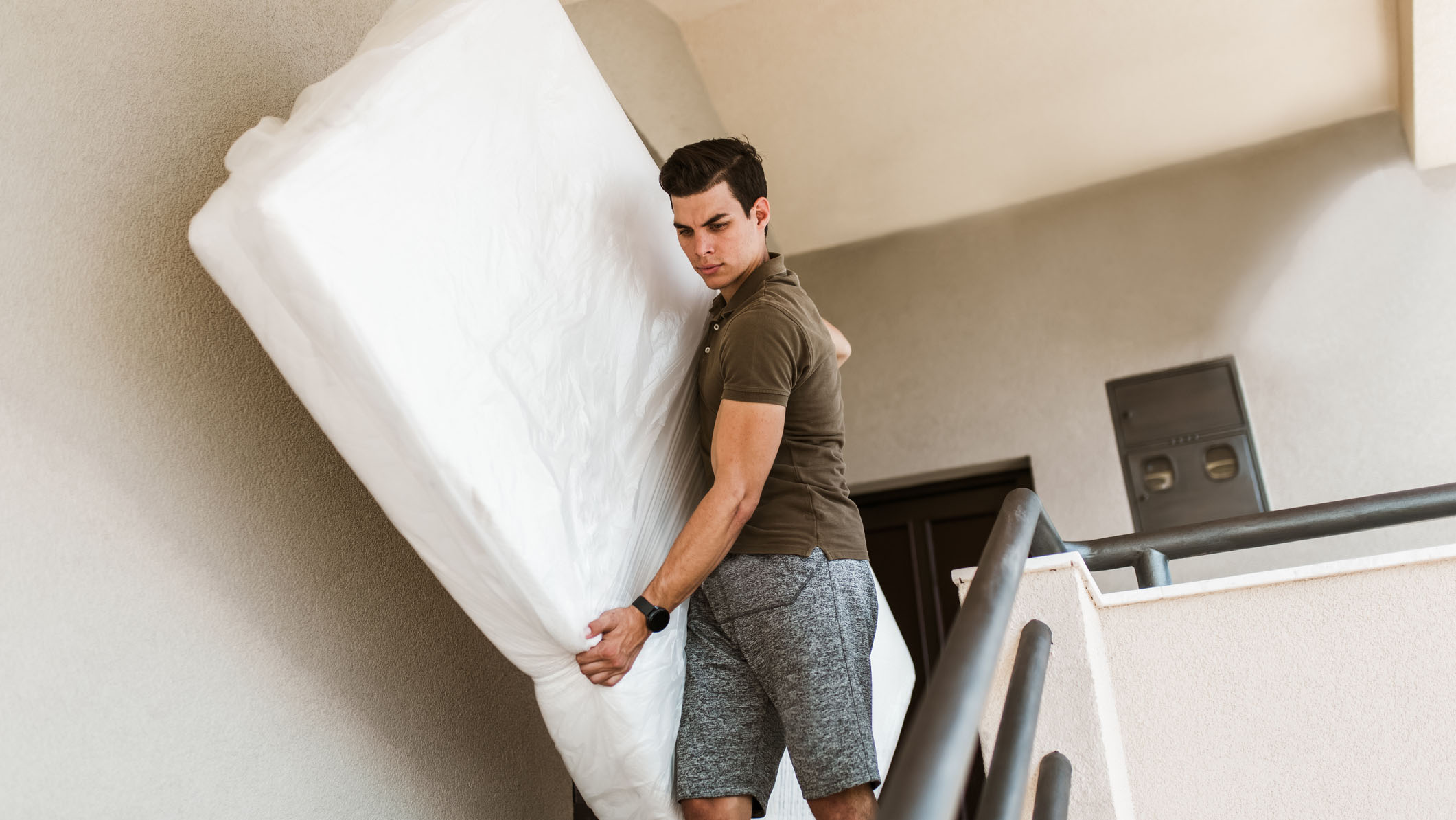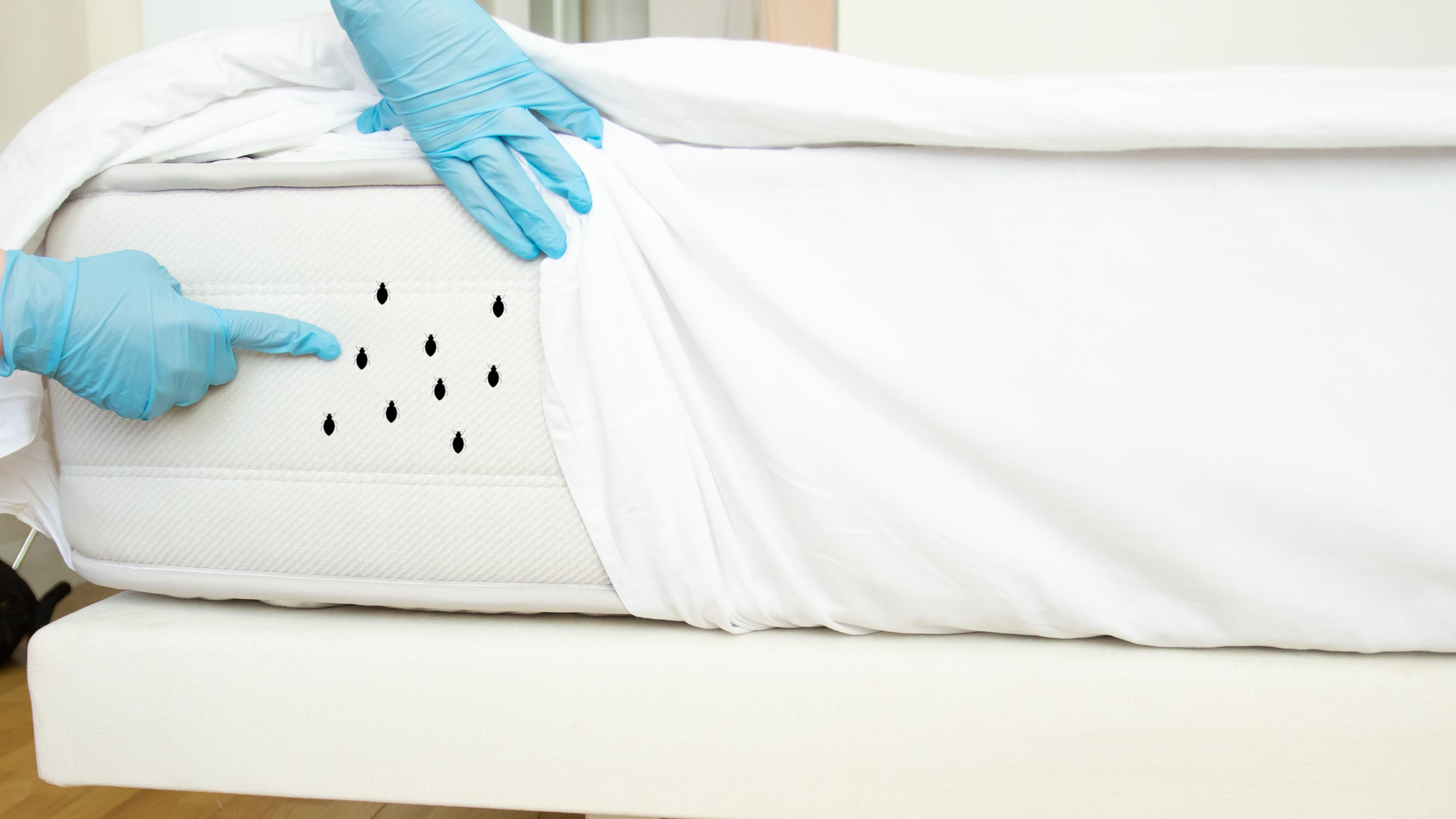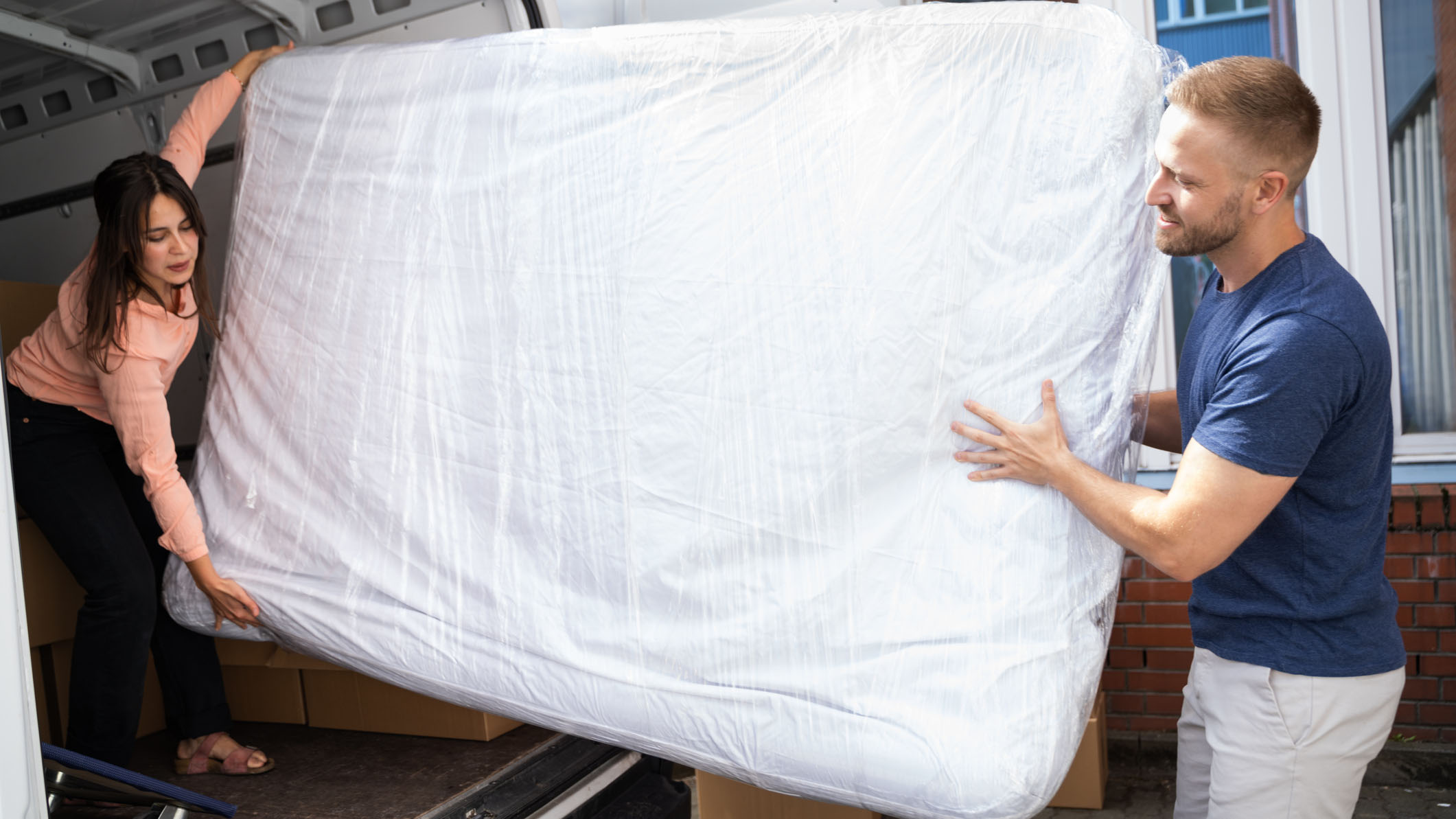
If you have a bed bug infestation in your mattress, you’ve probably already looked into how to get rid of them, and asked whether vacuuming your mattress alone will do the trick. But now, understandably, you just want to safely dispose of your old mattress before buying a new one in the Black Friday mattress sales.
Bed bugs are making a global resurgence following an outbreak in Paris last month. Since then, these eight-legged critters have scuttled their way across the world, have been spotted throughout the UK and are now hoping to make America their permanent home. Philadelphia, Chicago and New York are among the worst affected cities, with popular travel destinations, densely populated areas and apartment blocks being hit the hardest.
If you have bed bugs, it isn’t because you or your house is dirty — a global resurgence in bed bugs means that those living in densely populated areas, live in apartment blocks or have recently visited popular travel destinations, are all at a higher risk of getting bed bugs.
Even with the best mattress in the world, no one is immune to getting bed bugs. While your instinct might be to just discard your old mattress, that is a sure-fire way to spread the infestation further, which increases your risk of getting them all over again. Disposing of a mattress infested with bed bugs is different to disposing a mattress that is otherwise reusable.
You cannot donate your mattress to charity, nor is the white glove delivery service (which includes removal of your old mattress before setting up your new one) that comes with some of the best mattress in a box brands available to you in this situation. So what can you do? Here's how to dispose of a mattress with bed bugs safely and hygienically to avoid further infestation…
How to dispose of a matress with bed bugs
As your mattress is unfit for sleeping on and at risk of causing further contamination, most of the regular avenues for disposing of a mattress are no longer available. However, this is what you can do…

1. Check your mattress for signs of bed bugs
To avoid bed bugs jumping onto you and biting you, it’s a good idea to don protective clothing before you begin inspecting your mattress for signs of bed bugs. Waterproof clothing, which is impenetrable to bed bugs, is a good option (tape around your wrists and ankles will prevent the little critters climbing inside).
You’re looking for small dark spots, which is bed bug fecal matter, translucent eggs, shed bed bug skin, blood stains and a musty smell. Once you have identified that bed bugs are living within your mattress, strip your bed and wash all bedding and soft furnishings on a very hot wash, paying close attention to product care instructions.
2. Isolate and seal your mattress
At this point, it’s worth keeping in mind that having bed bugs living in your mattress doesn’t mean you have to throw it away. A combination of vacuuming, steaming and, in established infestations, enlisting the services of a pest control specialist can help remove bed bugs from your mattress. However, if your mattress was due to be replaced anyway, it might be time to cut your losses.
If you want to dispose of your mattress, you will need to seal and isolate it to stem the spread of the infestation. Depending on the size of your mattress, you may need help with this. Use heavy duty plastic sheeting, ensure your mattress is completely sealed, taping any gaps with duct tape to stop any bed bugs escaping. (In some states, sealing a bed bug infested mattress is required by law, so you will need to be thorough here).
3. Deter people from recycling the mattress
As many items are taken from the tip or dump are reused, attach a sign to your mattress making it clear that it is infested with bed bugs. Alternatively, slash your mattress before sealing to ensure that it cannot be reused.
In most cases, a bed bug infested mattress will not be able to be recycled, but it is worth checking with your local recycling center first. For the US, the Mattress Recycling Council website has more information on what recycling is available by state, while in the UK, GOV.UK is a great place to start when looking for places to recycle mattresses.
If recycling is not an option, either take your mattress to your local dump or book a waste collection service via your local council. This could be free or can cost in the region of $15, depending on your location. Alternatively, you can book in a collection date with a removal service, such as LoadUp.
Preparing for a new mattress after having bed bugs

Despite their name, it’s important to remember that bed bugs don’t just dwell in your bed. Plug sockets, cracks in furniture and deep within soft furnishings are all popular hiding spots for bed bugs. So it’s really important to treat your bed bug infestation properly before buying a new mattress to avoid cross contamination.
Give your bedroom and furniture a thorough vacuum. Once finished, take the vacuum cleaner outside and empty the contents into a bag before placing it in an outside bin. If you have a steam cleaner, steam every available surface, paying particular attention to your bed frame, headboard and any folds or crevices in soft furnishings, such as curtains.
Steaming will kill bed bugs and their eggs, however, if you are investing in a new mattress in the Black Friday sales, you may want to think about seeking help from a pest control professional to ensure that they won’t return.
To avoid re-infestation of your new mattress, Claire Davies, Tom’s Guide Sleep Editor and Certified Sleep Science Coach, recommends investing in one of the best mattress protectors you can afford. “A fully zippered mattress encasement is the best way to prevent bed bugs in your mattress,” explains Davies. “Whereas normal mattress protectors just cover the top and sides, a mattress encasement covers the top, bottom and sides. It then zips shut, so bed bugs have zero chance of reaching your mattress.”







